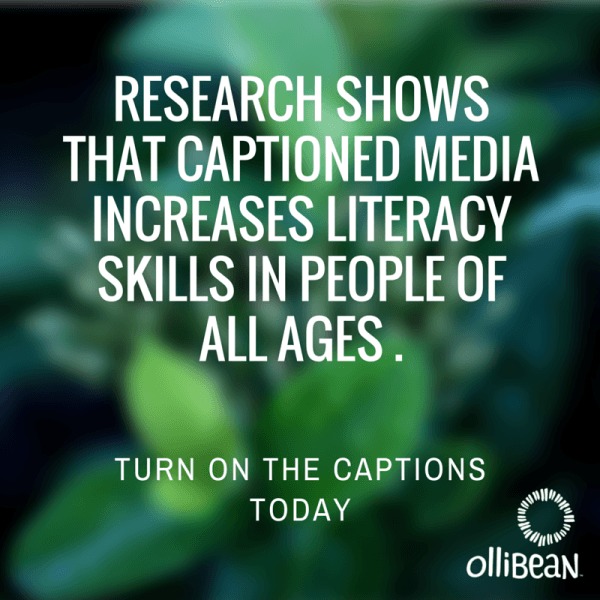
Universal Design
If you are reading this, you probably should know that inclusion of disabled students, with the supports they need, is beneficial to all students.
Universal Design is a thing. It means one builds things, and creates products that are accessible to all. It can also be used in classrooms, making sure all students have access to the same education, accommodating individual needs in a flexible environment.
The idea of Universal Design is not about kindness, or about compliance with the ADA. It is about common sense.
When more people participate, everyone wins because human beings learn from each other.
The more we learn, the more we understand each other. When we move beyond the made up idea of “normal”, inclusion is no longer a “task”.
So, why is it still so hard for builders and the ones in charge of making decisions about education practices, to simply adopt and support Universal Design?
Universal Design and Autism Acceptance
You probably also know that Autism Acceptance is very important to me. You might be asking what autism acceptance has to do with Universal Design. Besides the inclusion of Autistic students in schools, Universal Design is also about a mentality of acceptance. It is about valuing the whole person, including the person’s neurology.
Sadly, acceptance of Autistics is still something we don’t see a lot of. There is too much ableism, there are too many people inflating their egos, writing books about how “broken” and “difficult” we are, and being cheered by organizations that supposedly advocate for Autistics – but that rarely listen to us.
ABA, the intervention that causes us so much pain, is the favorite referral of doctors and “specialists” to “fix” us. Since they don’t care about talking to us, they don’t know much about our neurology.
Instead of proposing modifications in the environment that can benefit everyone, their proposal is to “modify” us, causing a lot of counterproductive anxiety and depression.
Accepting Neurological Diversity
An example:
Lately, I have seen several articles about synesthesia. It interests me because I am a synesthete. Contrary to the synesthetic subjects of the articles, I don’t paint, I don’t compose masterpieces, I am not an artistic genius. My synesthesia is a very personal experience, and it is not perceived to be a superpower, something that results in art, something that can be shared with others.
The thing is, synesthetic people are, like Autistics, neurodivergent. Researchers and neurologists, when talking about a synesthetic brain, refer to the need of accepting neurological diversity.
““Synesthesia shows you how different sensory perception can be for everyone…”
[It is] a lesson in “neural diversity” and that synesthetic art “strives towards a new understanding” of what’s “normal” for the human brain. “Normal is diverse.”” Sean DayWhy, then, is it so difficult to accept Autistic brains?
Universal Design, inclusion in education, employment and environment would not only be beneficial to all students, it would make navigate a sometimes hostile-to-our-senses environment easier, better, possible.
Universal Design and Autism Acceptance are related when one modifies the environment and the practices in order to benefit everyone, instead of trying to change the Autistic brain.
Acceptance and Universal Design don’t require people to have superpowers in order to succeed. Our value is intrinsic.
Universal Design and Disability Acceptance
Another example of Universal Design and disability acceptance:
Because it is a Summer Olympics year, we also have the Paralympics. There is a very cool video celebrating disabled athletes (There is a version with audio description and a version signed and with subtitles)
Universal Design did not make it possible for a few disabled athletes to compete but Universal Design would make it possible for more disabled people to participate and maybe even become a “superhuman”.
Why not make accessibility universal and mainstream?
Why not value all disabled lives so we can do things and go places without all the hurdles?
Do we need to be “superhumans” to be celebrated as valuable human beings?
We know this:
Captioned videos, films and TV help with literacy, including literacy of non-disabled people.
Audio description allows more people to share entertainment and educational events.
Tablets and other communication devices help disabled children learn at age appropriate levels. Children also learn to accept their disabled peers as they are, if they grow and learn together.
Ramps, automatic doors, accessible and widely available public transportation, accessible restrooms everywhere, all this makes it possible for us to participate, and to be seen.
Autistic people, when respected and supported, can better navigate the world, and succeed.
Universal Design values every human life.
Those are only some examples. Universal Design values every human life. We don’t need superpowers, or to be a superhuman, to have a place in the world. We only need that place to be accessible to us.
References:
NYMag Science of Us Article about Synesthesia
Why Do So Many Artists Have Synesthesia?
Channel 4 Videos
Signed & Subtitled We’re the Superhumans
Audio Described We’re the Superhumans
Ollibean Closed Captioning and Literacy Article








[…] idea of Universal Design is not about kindness, or about compliance with the ADA. It is about common sense. When more people […]